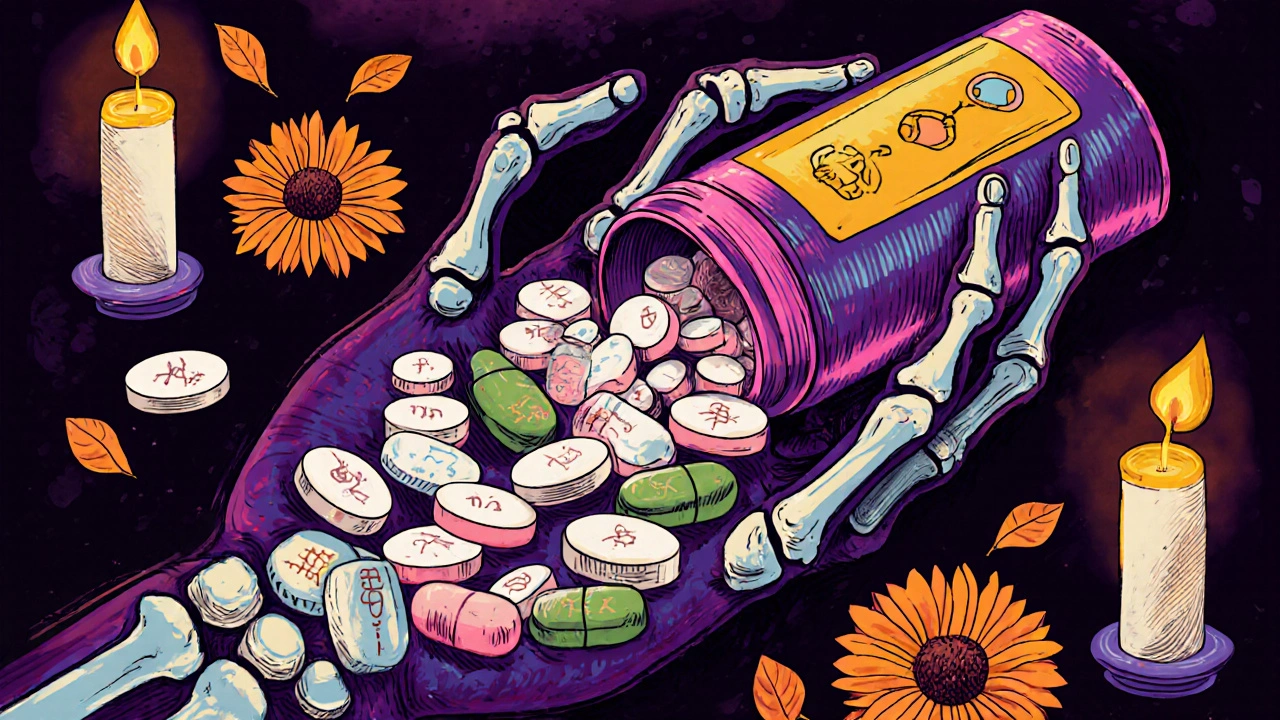
Ever opened your pill bottle and thought, "This isn't the same pill I've been taking for years"? You're not alone. Thousands of people in the U.S. face this every month. Generic medications are supposed to be identical to brand-name drugs in how they work - but they often look completely different. And those changes? They’re legal. They’re common. And they’re putting people’s health at risk.
Why Do Generic Pills Look Different?
Generic drugs contain the exact same active ingredient as their brand-name versions. That means sertraline from one company works the same as sertraline from another. But here’s the catch: generic pills don’t have to look the same. The FDA requires them to match in strength, dosage, and how the body absorbs them - but not in color, shape, or size. Why? Because of U.S. trademark laws. Brand-name drugmakers own the visual identity of their pills. To avoid infringement, generic manufacturers must make their versions look different. So one company makes metformin as a white oval, another makes it pink and round. Both are legal. Both are effective. But to you, they look like two different medicines. This isn’t rare. A 2023 UCLA Health study found that one patient reported nine different appearances for the same medication over 15 years. For many, it’s not a one-time change - it’s a recurring surprise.What Happens When Your Pill Changes Color or Shape?
It’s not just confusing - it’s dangerous. A study published in the Annals of Internal Medicine found that 34% of patients stopped taking their medication after a simple color change. That number jumped to 66% when the shape changed. People don’t trust what they don’t recognize. They assume the new pill is weaker, fake, or meant for something else. Real stories back this up:- A woman took potassium pills for years - bright orange, flat, and round. One refill came as a white capsule. She thought it was a mistake and stopped taking it for weeks.
- A man on blood pressure meds saw his white tablets turn pink. He nearly quit, convinced the pharmacy gave him the wrong drug.
- One Reddit user said: "I almost skipped my antidepressants because the pill went from blue to green. I thought it was a different drug."
Is It Legal? Yes - But Should It Be?
The FDA approves every generic drug after testing. It checks for bioequivalence: does the body absorb the drug the same way? If yes, it’s approved. Appearance? Irrelevant. The law doesn’t require it. That’s why you’ll find lisinopril in white, pink, or peach. Gabapentin in circles, ovals, or capsules. Sertraline in blue, green, or clear. All legal. All FDA-approved. All the same drug. But here’s the contradiction: the FDA itself has acknowledged the problem. In a 2014 letter published in ACP Journals, experts wrote: "Bioequivalent generic drugs that look like their brand-name counterparts enhance patient acceptance." That’s a direct admission: appearance matters. The system isn’t broken - it’s outdated. Trademark laws were never meant to interfere with patient safety. But today, they’re causing people to miss doses, skip refills, and end up back in the hospital.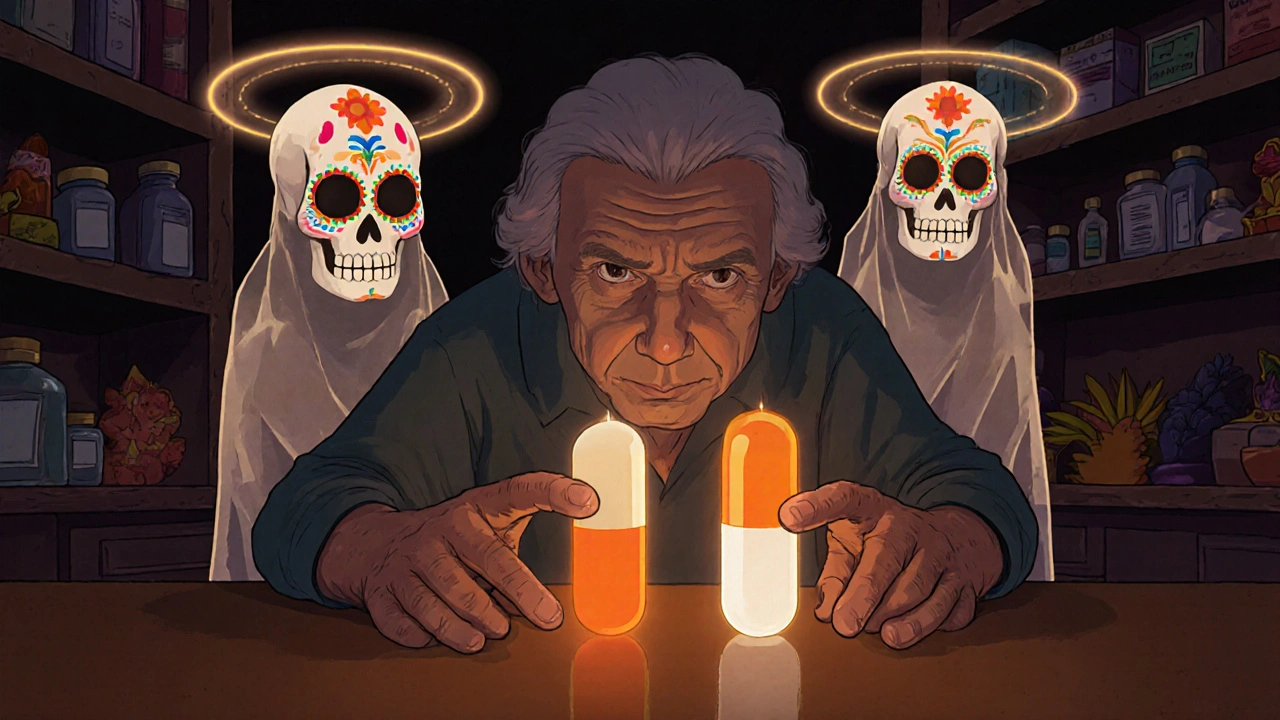
Who’s Responsible When a Patient Stops Taking Their Meds?
It’s not just the patient’s fault. It’s not just the pharmacy’s fault. It’s the system. Pharmacies choose the cheapest generic available. That changes monthly. One month, you get a white tablet from Company A. Next month, the pharmacy switches to Company B’s pink oval. No warning. No explanation. Just a different-looking pill in your hand. And most patients don’t know what to do. They don’t know how to check if it’s the same drug. They don’t know who to ask. Doctors and pharmacists are starting to step up. The American Society of Health-System Pharmacists reports that 78% of pharmacies now include appearance change notices on prescription labels - up from 45% in 2018. Independent pharmacies are rolling out pill ID programs. Some even have printed guides showing what each generic version looks like. But it’s still inconsistent. And it’s still too late for many.What You Can Do Right Now
You don’t have to wait for the system to fix itself. Here’s what works:- Keep a written list of every medication you take - including the name, dose, and what it looks like. Take this list to every appointment.
- Save the pill bottle or take a photo of your pills when you get them. When the next refill looks different, compare it.
- Ask your pharmacist every time: "Is this the same pill I got last time?" They’re trained to explain differences.
- Use free online tools like the Medscape Pill Identifier or the NIH’s "Tracking Your Medications" guide. Snap a photo, upload it, and get instant verification.
- Don’t assume it’s wrong - but don’t ignore it either. If it looks different, call your doctor or pharmacist. Say: "I’m concerned. Is this still the same medication?"
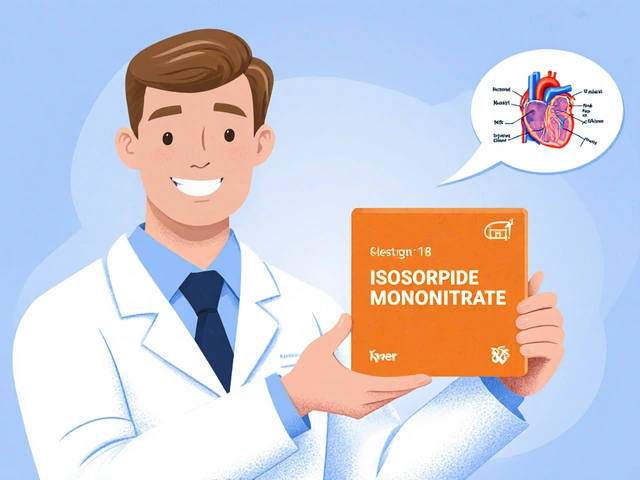
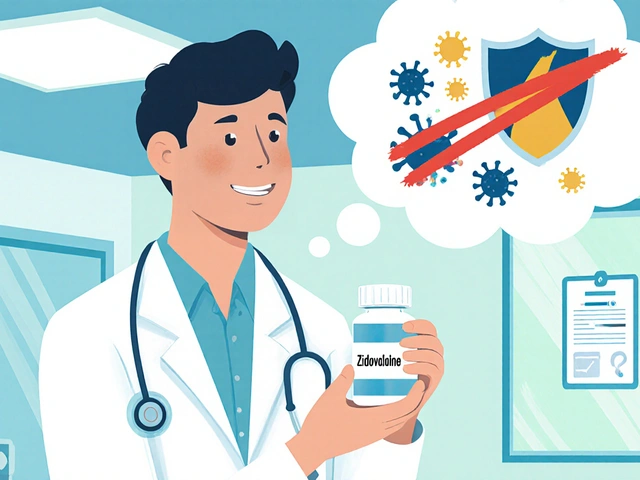

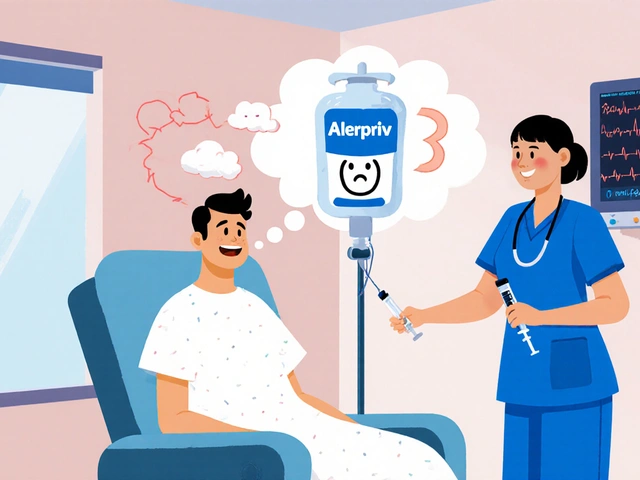

There are 15 Comments
Sammy Williams
Man, I just had this happen with my blood pressure meds. Thought I got scammed till I checked the label. Took me 20 minutes to stop panicking.
Pravin Manani
The bioequivalence standards are solid, but the visual inconsistency is a systemic failure in patient communication. The FDA prioritizes pharmacokinetic equivalence over perceptual continuity-this is a cognitive load issue, not a pharmacological one. Patients aren't pharmacists; they rely on visual heuristics. When those heuristics break down, adherence collapses. We need standardized pill aesthetics across generics, or at least mandatory visual identifiers on packaging.
Steve Harris
My grandma stopped her antidepressants for three weeks because the pill turned from blue to yellow. She didn’t say anything till she ended up back in the ER. We all assume the system’s got our back-but it doesn’t. You gotta be your own advocate. Keep a photo of your pills on your phone. Seriously. It’s saved me more than once.
Willie Doherty
Let’s be clear: this isn’t a regulatory failure-it’s a behavioral one. The FDA has no obligation to cater to patient aesthetics. Trademark law protects corporate IP, and that’s not inherently immoral. If patients are so easily confused by pill shape, perhaps the real issue is poor health literacy. Blaming the system for individual cognitive laziness is a disservice to actual medical reform.
Julia Strothers
This is how the pharmaceutical industry controls you. First they make you dependent, then they change the pill so you panic and keep buying. Next thing you know, you’re on a new brand-name version because you’re too scared to trust the generic. It’s psychological manipulation disguised as capitalism.
Chris Vere
in africa we dont even have consistent generics so this seems like a first world problem. but also yes the pill changing color is wild. i once took a white pill for 3 months then got a red one and thought i was being poisoned. turned out it was the same thing. just dumb.
David Cusack
Oh, please. Let’s not pretend this is some profound systemic flaw-it’s merely a consequence of the free market’s inevitable aesthetic fragmentation. The FDA does its job. The manufacturers comply. The patient? Should have read the label. Or better yet-cultivated a modicum of self-reliance. A photograph? A pill identifier app? How quaint. We live in the 21st century. You’re not a child. Stop treating your medication like a collectible card.
Debanjan Banerjee
Actually, the real solution is pharmacogenomic labeling-QR codes on blister packs that link to a verified database with images, batch info, and bioequivalence data. Every generic should be digitally traceable. We already do this with vaccines and insulin. Why not antihypertensives? The tech exists. The infrastructure is lagging. This isn’t about tradition-it’s about scalability and safety.
Elaina Cronin
I find it utterly unacceptable that a patient’s mental health is jeopardized because a corporation refuses to relinquish control over the color of a tablet. This is not a trivial matter-it is a violation of the duty of care. Pharmacies must be legally required to notify patients in writing when a generic substitution alters appearance. And manufacturers must be held accountable for causing non-adherence through visual deception. This is negligence dressed as compliance.
Franck Emma
I just cried because my anxiety meds changed shape. I felt like I was losing my mind. I didn’t know if I was safe anymore. And no one told me.
Erika Sta. Maria
Actually this is all a scam by the FDA to make us buy brand name drugs again lol. They dont want generics to work too well because then they lose their monopoly on fear. Also I read on a blog that the color changes are coded to track your compliance. Like a microchip. Not joking. Look it up.
Leo Tamisch
Bro. I changed my pill from blue to green and I swear I felt different. Like, mentally. Like it was weaker. Then I looked it up. Same exact chemical. Same dosage. But my brain was like NOPE. We’ve been conditioned. We trust colors more than science. 😭
Donald Frantz
Stop blaming the system. The tools are right there: pill identifiers, pharmacist consultations, photo logs. If you’re too lazy to take a picture of your pill when you get it, don’t act surprised when you panic. This isn’t a crisis-it’s a habit problem. Take five seconds. Save your life.
Sandi Moon
They’re changing the pills to make you dependent on the brand. The FDA, Big Pharma, and the AMA are all in on it. You think it’s coincidence that every time a generic changes, the brand-name version goes on sale? It’s psychological conditioning. They want you scared enough to pay $500 for the same pill in a different color. Wake up.
Darragh McNulty
Just saved a photo of my meds last week after the color changed. Best thing I ever did. 🙌 Also asked my pharmacist for a printout of what each generic looks like. She gave me a whole booklet. Life saver. 😊
Write a comment
Your email address will not be published. Required fields are marked *